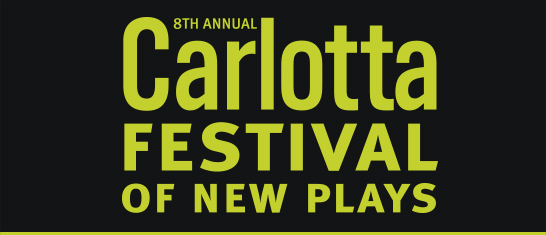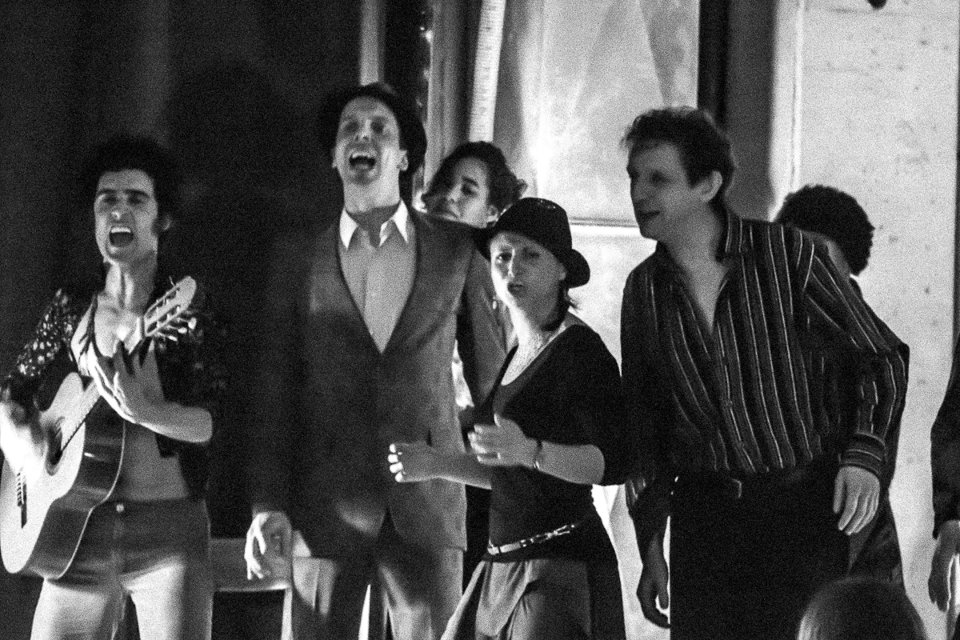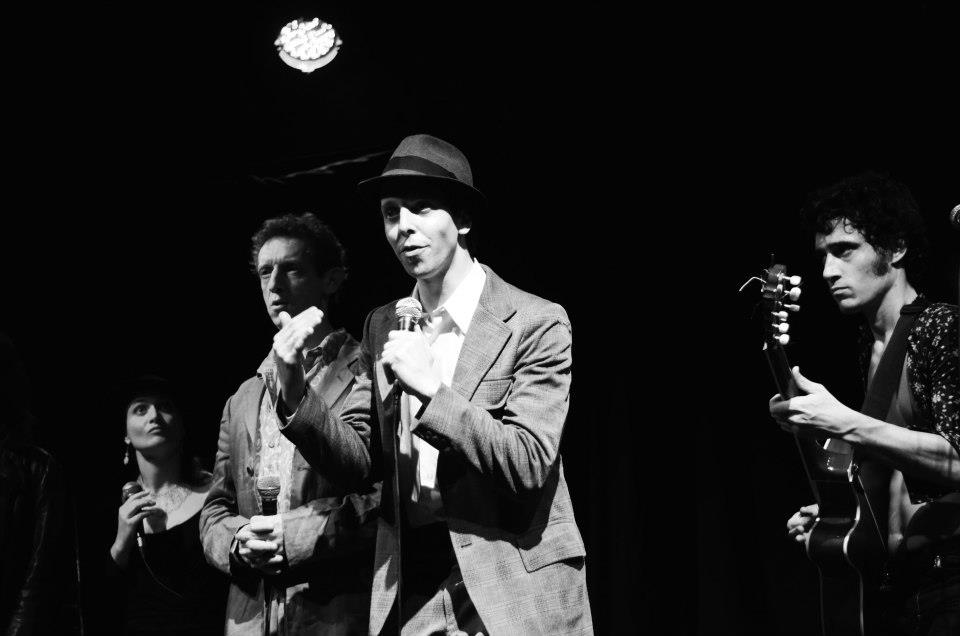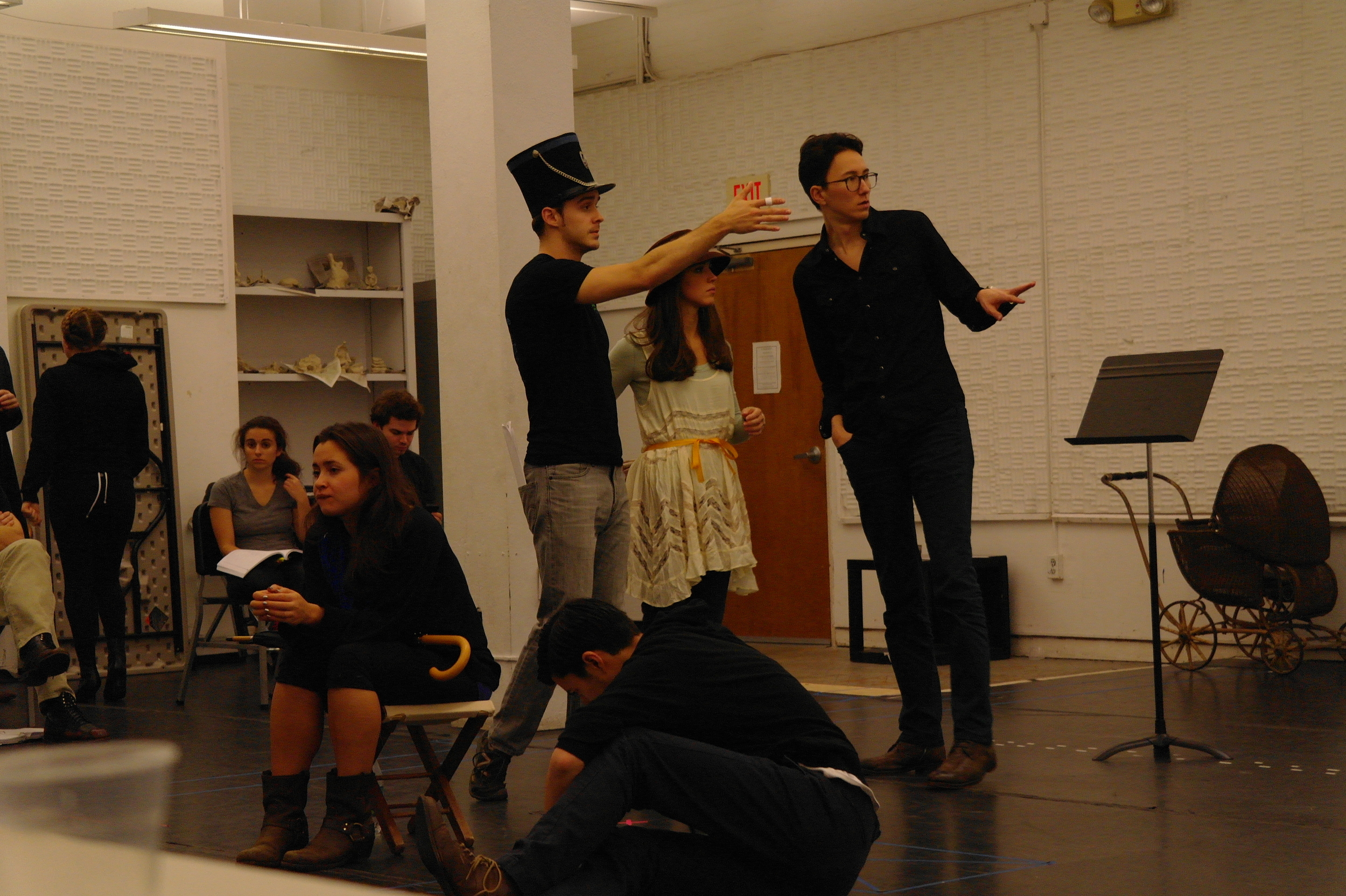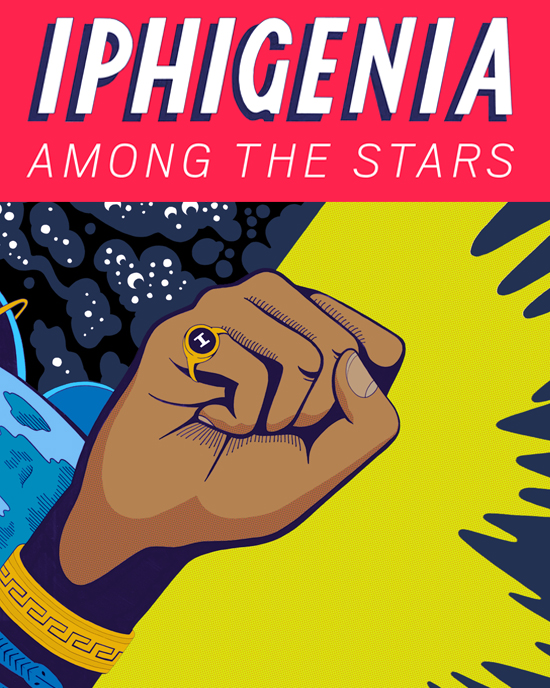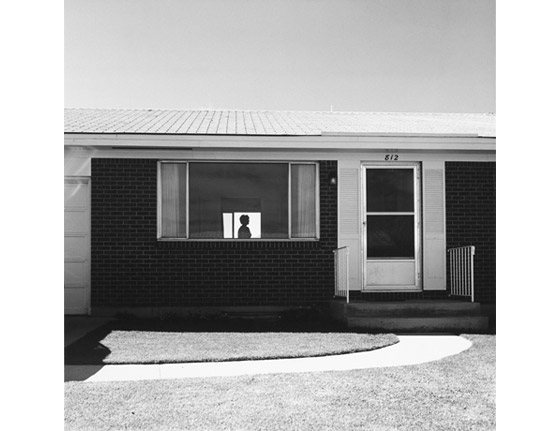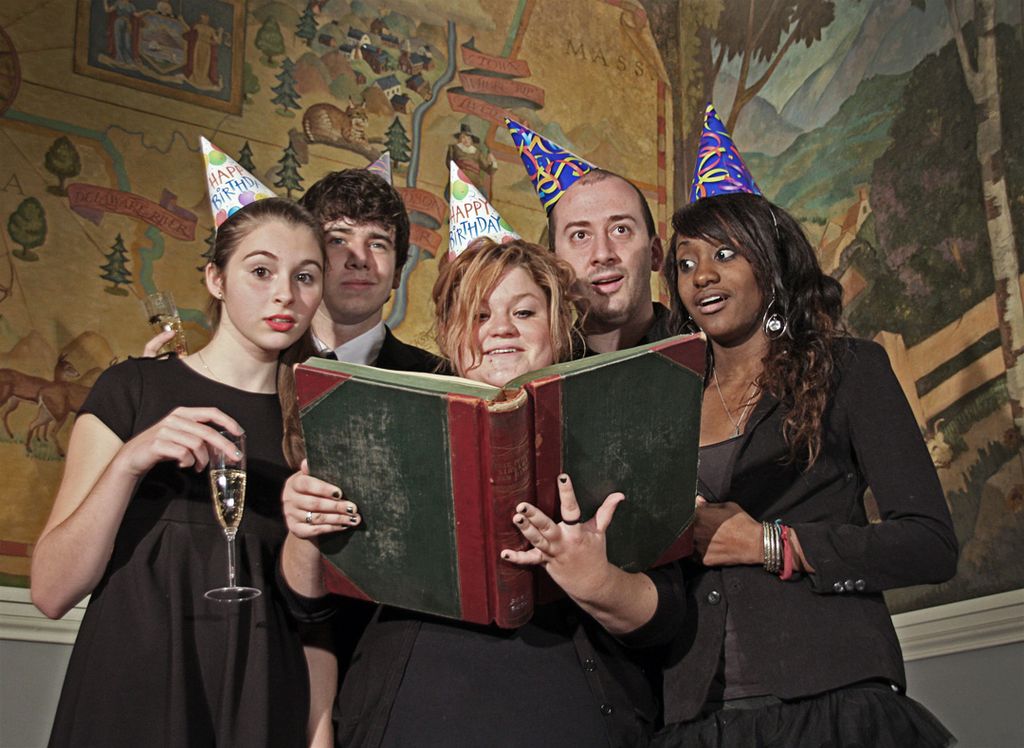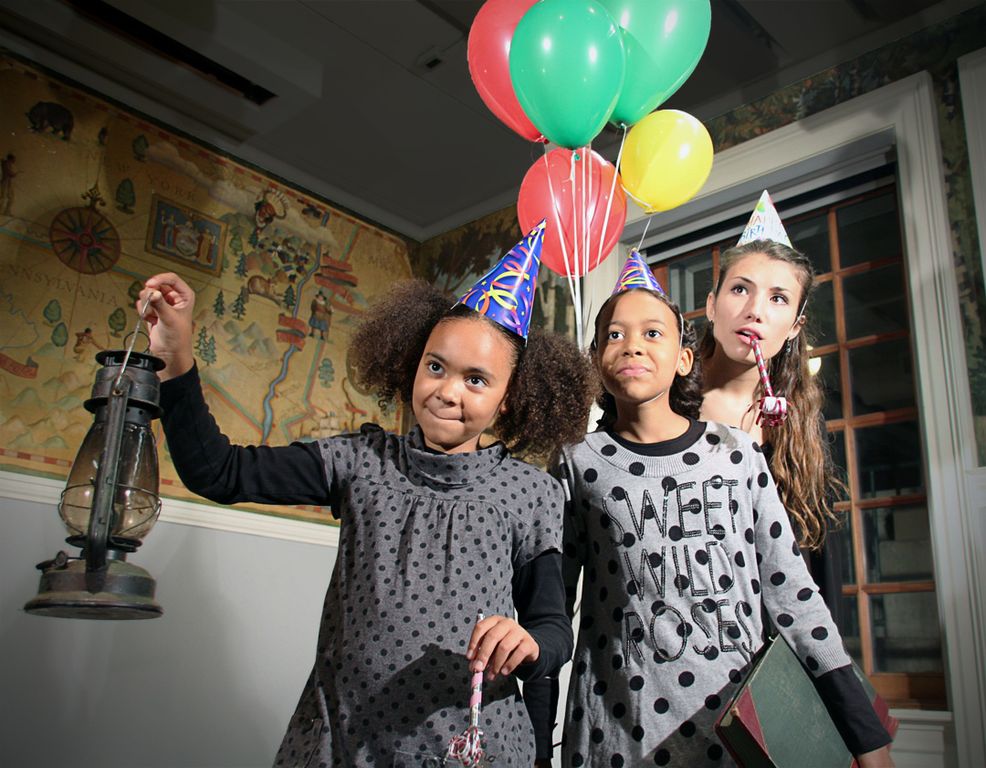Like Circa, the acrobatic-dance-theater troupe that visited last year’s Arts & Ideas Festival, Sequence 8 is all about defying the limitations we normally expect the human body to obey. Unlike Circa, Sequence 8, by Les 7 doigts de la main ("seven fingers on one hand") is more purely entertaining, much less interpretive. Indeed, with Colin Davis acting as comic MC, the show winks at symbolic significance and the interpretive buzz of on-the-air commentary, as when Davis “interviews” Eric Bates, a wonder of dexterity and timing, about his “new book.” Davis has great audience rapport and adds to the show a nice flair for deflating pretensions. The skills on display are truly astounding and there are many visceral thrills at seeing what this talented and rigorously trained group are able to do. The show begins with acrobatic dancing on a bare stage and, though relatively tame in terms of daring, the expressive power of seeing spot-on tumbling and flying leaps in the midst of choreographed movement provides an immense charge. The show starts in a joyous manner and proceeds to inspire and amaze.
Each viewer will walk away with a different favorite sequence, I expect. But there’s no way not to be awed by Devin Henderson. Like some comic-book film super-hero, he seems able to fly, swoop, leap and land with no sense of strain or even of weight. Watch him ascend a pole as though he had reversed the pull of gravity. Watch him leap through hoops in a variety of approaches and configurations—it’s hard to explain why seeing this done so fluidly and effectively is so damn satisfying. One might like to give it a symbolic meaning beyond its sheer skill and bravado, and I suppose it amounts to seeing the will and the body so fully one in such a split second of impressive precision.
Or check out the astounding Alexandra Royer who gets the gasps going early in the show with her stunts on the Russian bar, leaping high, higher, flipping, turning and landing at the exact spot she started. Much later in the show, she works with a hoop and rope way above the stage, lit dramatically. Her work, and the beautifully choreographed trapeze work by Maxim Laurin—which involves interaction with the rest of the troupe as a sea of hands and bodies—are the more poetic moments in the show, but most routines have a kind of subtext that makes them more than stunts. A good example is Laurin and Ugo Dario using a teeter-totter to send each other catapulting high above the stage. To step back from the sheer brilliance of their skill is to see an image of, as they say, the cause-and-effect, give-and-take action and reaction of any kind of human interaction.
Then there’s Bates and his boxes. Or as he says, his routine is inside the box you’ve got to think outside of. Working with precise movements and exact timing, his dance with gravity takes the form of juggling a trio of boxes, making them seem alive rather than inert, yet finding them always exactly where he wants them to be. As with a magic trick, one would like to see his routine replayed in slow motion to “get” fully what he’s doing. In real time, we watch a melding of mind and matter that is enthralling.
As well, every stunt demonstrates the necessity of working together and the great benefits of finding a supportive group. At various times in the show I found myself musing on how such unusual talents would be wasted without the right setting. Davis refers to this aspect in his amusing opening monologue: without an audience there’s no show, and without a show what would we get from looking at an empty stage. Sequence 8 gives the audience plenty to see, and there’s an engaging sense that the troupe is watching us too, to see how we react and to gauge what impresses us most.
There’s one more show this afternoon. Go see it, and be prepared to be made giddy with the high spirits of the high-flying and talent-flaunting troupe that is Les 7 Doigts de la Main.
International Festival of Arts & Ideas presents
Sequence 8 Les 7 doigts de la main
Production and artistic direction: Shana Carroll, Isabelle Chassé, Patrick Léonard, Gypsy Snider, Sébastien Soldevilla, Samuel Tétreault
Direction: Shana Carroll & Sébastien Soldevilla
Cast: Eric Bates, Ugo Dario, Colin Davis, Devin Henderson, Alexander Royer, Maxim Laurin, Camille Legris, Tristan Nielsen
June 27 & 28 at 8pm June 29 at 2pm Shubert Theater



